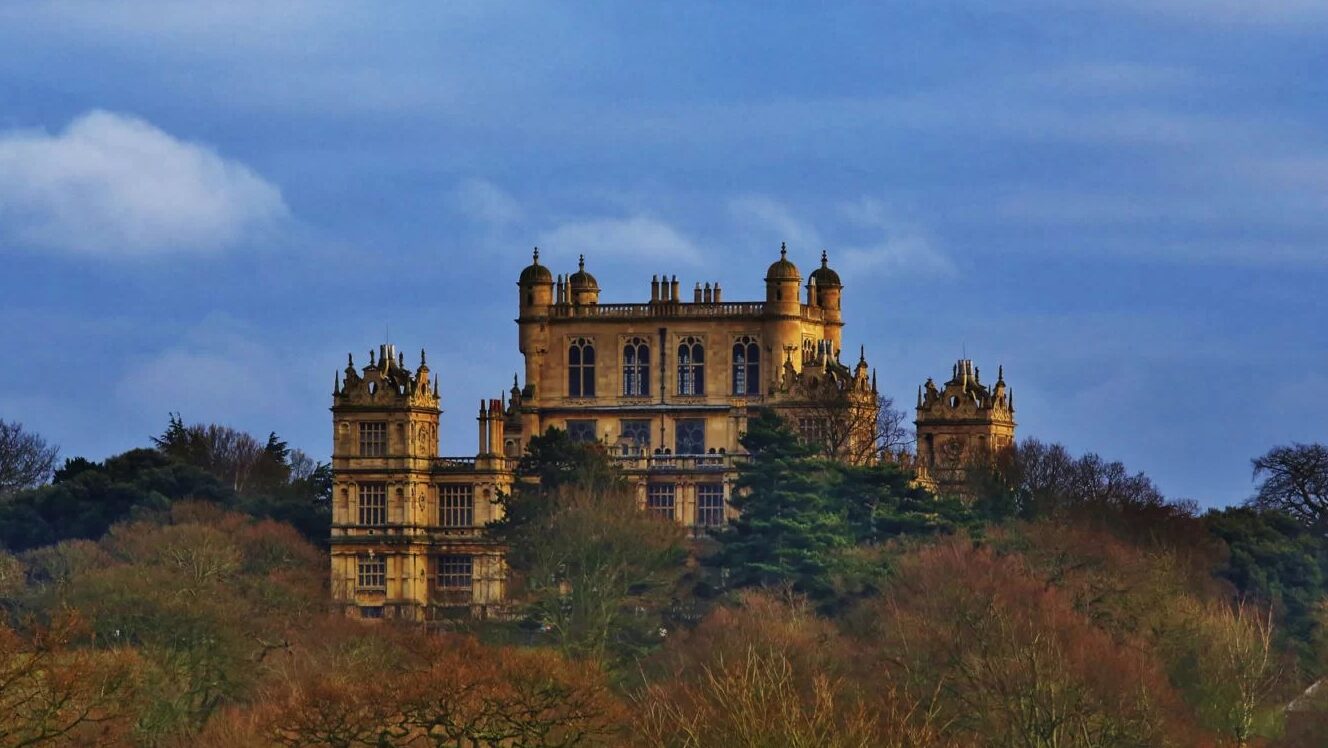Enjoy this article?
Most Museums Journal content is only available to members. Join the MA to get full access to the latest thinking and trends from across the sector, case studies and best practice advice.

Two studies published recently have laid bare the extent and severity of public funding cuts on the UK’s culture sector since 2010.
Council spending on culture and leisure services in England has fallen by £2.3bn in real terms since 2010/11, according to new research from the Local Government Association (LGA), which represents councils across England.
According to three infographics published last week by the association, local governments remain the single biggest funding of culture, spending £1bn a year, but this investment is under threat due to rising demand for statutory services, primarily adult and children’s social care.
This squeeze comes alongside a 24% real-terms cut in councils’ core spending power from 2010/11 to 2024/25. The cultural funding landscape has transformed as a result, moving away from long-term investment towards small pots of funding, more than 90% of which are available for three years or less.
The research found that cultural funding pots are increasingly fragmented, and that councils lack the time and resources to bid for funding from the multiple different streams available.
“Each fund that a council must apply for takes up valuable time and resources, with many funds subject to timescales which make proper consultation and community engagement difficult,” said the association. “Without this engagement time, councils cannot make the most of any funds gained for the people who will use them.”
The LGA said councils need a “sustainable and fair funding settlement” to allow them to invest in these community services, along with streamlining the multiple small funding pots made available for cultural projects.
Liz Green, the chair of the LGA Culture, Tourism and Sport Board, said: “Cultural services help to boost local economies by driving high street footfall, support creative industries and the visitor economy. They also promote better wellbeing and support educational outcomes while bringing joy and hope to people across society.
“However, our analysis shows that funding pressures, exacerbated by a complicated and time-consuming system for bidding for funding, has left councils increasingly unable to protect budgets for cultural and leisure services from cuts.
“Action is needed to secure a sustainable future for these vital services. By reducing the fragmented nature of culture funding, the government can ensure that local government remains a vital part of public culture funding and our cultural services face a brighter future.”
Meanwhile a major report on the health of the UK’s arts and culture sector has been published by the Campaign for the Arts, the UK-wide alliance for the arts that aims to champion, defend and expand access to the arts and culture, for and with the public.
The State of the Arts report found that the UK has the lowest levels of government spending on culture among European nations. The research, which was produced by the Campaign for the Arts and the University of Warwick, found that the UK was one of just a small minority of countries to reduce total culture spending per person between 2010 and 2022.
It showed that local government revenue funding of culture and related services had decreased by 29% in Scotland, 40% in Wales and 48% in England within that period, alongside rising costs and demand pressures on statutory services.
Meanwhile the Department for Culture, Media and Sport’s (DCMS) core funding of cultural organisations decreased by 18% to just 0.17% of total public spending per person.
Core government funding for arts councils decreased by 18% in England, 22% in Scotland, 25% in Wales and 66% in Northern Ireland.
The research found that the sector is increasingly reliant on tax breaks and lottery funding. During the same period, tax relief for the creative industries increased by 649%, exceeding DCMS’ core funding of cultural organisations for the first time in 2017.18.
Meanwhile, National Lottery grant funding for arts and heritage projects increased by 19%, but fluctuated considerably over the period and was lowest at the start of the pandemic.
Income streams for the arts have also diversified significantly. The income mix of Arts Council England’s National Portfolio Organisations has changed, with public funding down by 10 percentage points, and contributed income (from private donations/sponsorship) and earned income up by 5 percentage points.
“This report underscores the need for better and more balanced support to ensure the vitality and accessibility of the arts for everyone, across all parts of the UK,” said the Campaign for the Arts.
Most Museums Journal content is only available to members. Join the MA to get full access to the latest thinking and trends from across the sector, case studies and best practice advice.